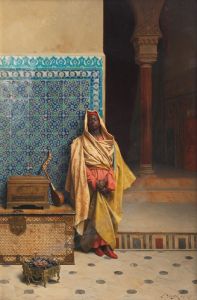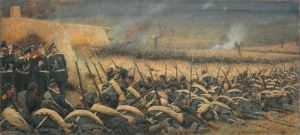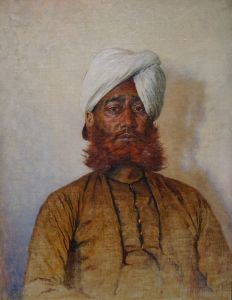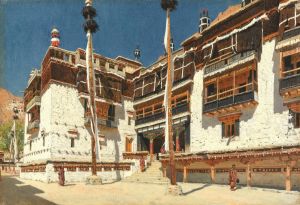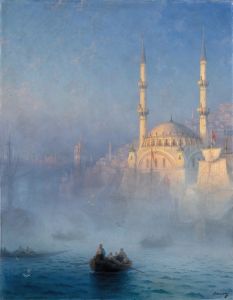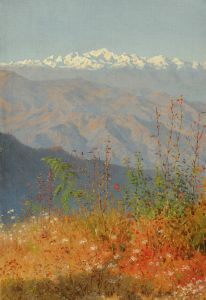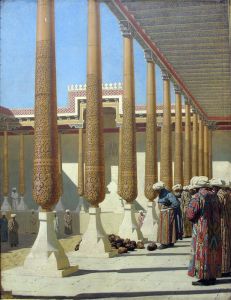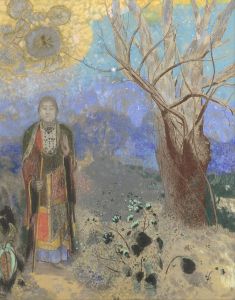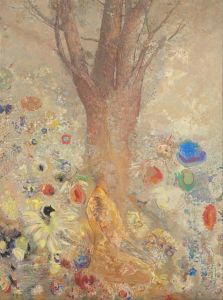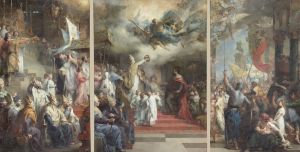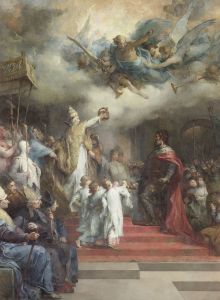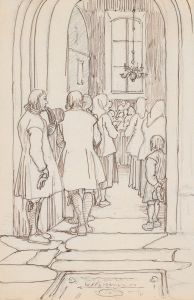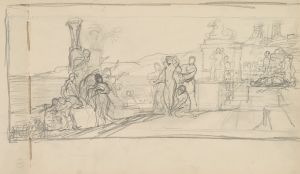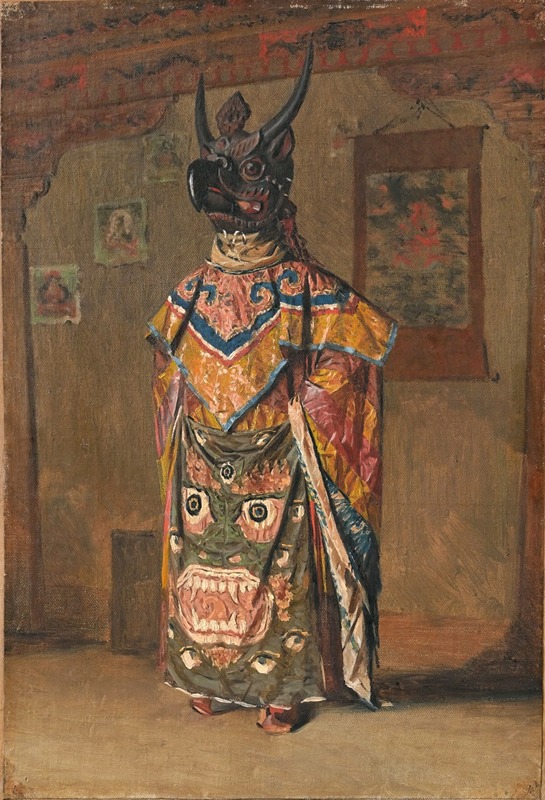
A Buddhist lama at a feast at Pemionchi Monastery. Sikkim
A hand-painted replica of Vasily Vereshchagin’s masterpiece A Buddhist lama at a feast at Pemionchi Monastery. Sikkim, meticulously crafted by professional artists to capture the true essence of the original. Each piece is created with museum-quality canvas and rare mineral pigments, carefully painted by experienced artists with delicate brushstrokes and rich, layered colors to perfectly recreate the texture of the original artwork. Unlike machine-printed reproductions, this hand-painted version brings the painting to life, infused with the artist’s emotions and skill in every stroke. Whether for personal collection or home decoration, it instantly elevates the artistic atmosphere of any space.
Vasily Vereshchagin was a renowned Russian war artist and traveler, known for his detailed and vivid depictions of scenes from his extensive travels across Asia and the Middle East. One of his notable works is "A Buddhist Lama at a Feast at Pemionchi Monastery, Sikkim," which captures a moment from his journey through the Indian subcontinent in the late 19th century.
Vereshchagin embarked on his travels to India in 1874, driven by a deep interest in the cultures and religions of the East. During his travels, he visited Sikkim, a small kingdom in the eastern Himalayas, which is now a part of India. Sikkim, during Vereshchagin's visit, was a region rich in Buddhist traditions and home to several important monasteries.
Pemionchi Monastery, also known as Pemayangtse Monastery, is one of the oldest and most significant monasteries in Sikkim. It was founded in the 17th century and is part of the Nyingma tradition of Tibetan Buddhism. The monastery is renowned for its religious significance and its stunning location, offering panoramic views of the surrounding mountains.
In "A Buddhist Lama at a Feast at Pemionchi Monastery, Sikkim," Vereshchagin captures the essence of a religious and cultural gathering. The painting likely depicts a lama, a spiritual leader in Tibetan Buddhism, participating in a feast, which is an integral part of many Buddhist ceremonies and festivals. Such feasts are often held to commemorate religious events, honor deities, or celebrate the community's spiritual life.
Vereshchagin's work is characterized by meticulous attention to detail and a commitment to authenticity. His paintings often reflect his observations and experiences, providing a window into the cultures he encountered. In this particular painting, the artist would have focused on the attire of the lama, the setting of the monastery, and the overall atmosphere of the feast, capturing the vibrancy and spirituality of the scene.
The painting is a testament to Vereshchagin's skill in portraying not just the physical aspects of a scene but also the cultural and spiritual nuances. His works are considered valuable historical records, offering insights into the societies and traditions of the regions he visited.
Vereshchagin's art was not without controversy; his realistic depictions of war and cultural practices sometimes challenged the sensibilities of his contemporaries. However, his dedication to portraying the truth as he saw it has earned him a lasting legacy in the art world.
"A Buddhist Lama at a Feast at Pemionchi Monastery, Sikkim" remains an important piece within Vereshchagin's body of work, reflecting his fascination with the diverse cultures of Asia and his ability to convey their richness through his art.





